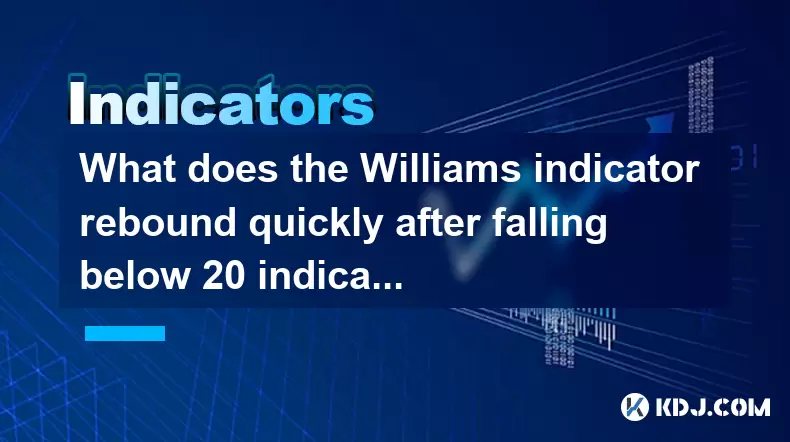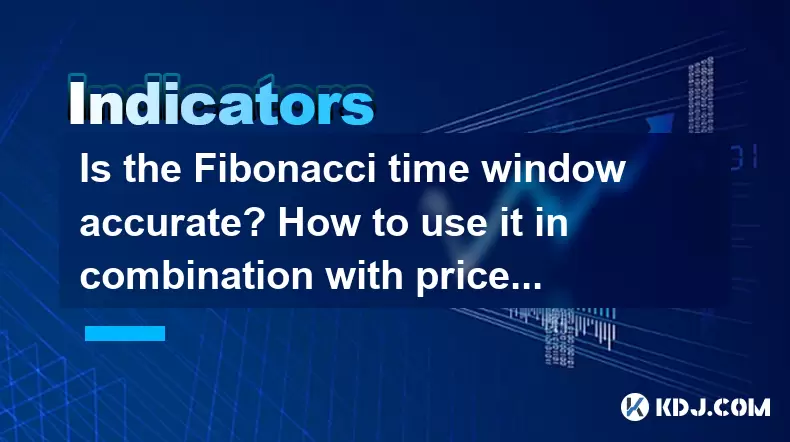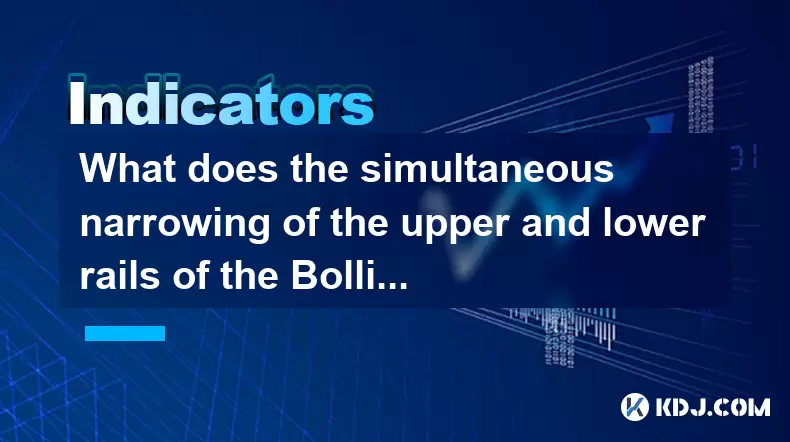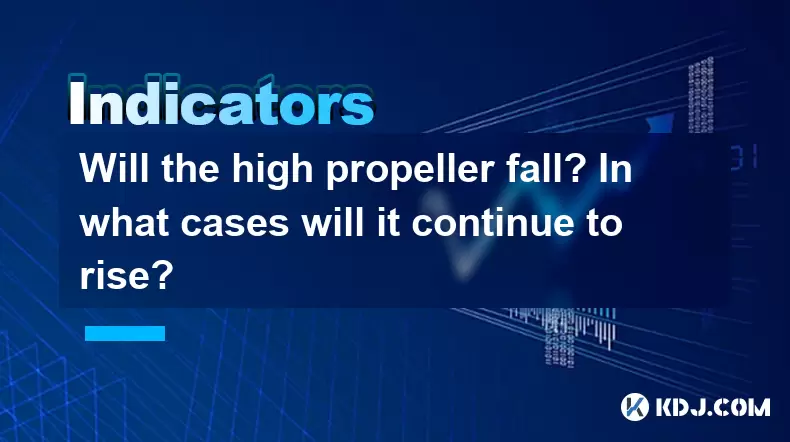-
 Bitcoin
Bitcoin $105,278.9859
4.61% -
 Ethereum
Ethereum $2,414.7741
8.20% -
 Tether USDt
Tether USDt $1.0007
0.05% -
 XRP
XRP $2.1600
7.53% -
 BNB
BNB $639.5433
3.75% -
 Solana
Solana $144.3830
9.37% -
 USDC
USDC $1.0001
0.02% -
 TRON
TRON $0.2742
3.84% -
 Dogecoin
Dogecoin $0.1640
8.57% -
 Cardano
Cardano $0.5811
7.49% -
 Hyperliquid
Hyperliquid $37.2466
5.28% -
 Sui
Sui $2.8243
14.84% -
 Bitcoin Cash
Bitcoin Cash $460.8816
2.22% -
 Chainlink
Chainlink $12.9580
11.75% -
 UNUS SED LEO
UNUS SED LEO $9.1359
1.23% -
 Avalanche
Avalanche $18.2302
10.30% -
 Stellar
Stellar $0.2463
7.80% -
 Toncoin
Toncoin $2.9151
7.18% -
 Shiba Inu
Shiba Inu $0.0...01163
9.79% -
 Hedera
Hedera $0.1532
14.01% -
 Litecoin
Litecoin $85.3310
6.29% -
 Monero
Monero $308.8215
2.90% -
 Ethena USDe
Ethena USDe $1.0007
0.03% -
 Polkadot
Polkadot $3.4259
9.42% -
 Dai
Dai $1.0002
0.01% -
 Bitget Token
Bitget Token $4.1742
3.19% -
 Uniswap
Uniswap $6.8272
8.53% -
 Pepe
Pepe $0.0...09939
12.29% -
 Pi
Pi $0.5358
6.03% -
 Aave
Aave $257.3092
12.83%
How to operate when the weekly MACD red column is continuously shortened but the daily golden cross is formed?
The weekly MACD red column shortening alongside a daily golden cross suggests weakening bearish momentum and a potential trend reversal in crypto markets.
Jun 24, 2025 at 10:28 am

Understanding the Weekly MACD Red Column Shortening
When analyzing cryptocurrency markets, technical indicators such as the Moving Average Convergence Divergence (MACD) are essential tools for traders. The weekly MACD red column shortening indicates a weakening of the bearish momentum over the past week. This means that while the market is still in a downtrend, the selling pressure is gradually decreasing.
In this context, the red histogram bars on the MACD chart represent negative momentum, and their shortening suggests that the distance between the MACD line and the signal line is narrowing. This could be an early sign that the trend might be reversing from bearish to bullish, especially if accompanied by other supporting signals.
It’s crucial for traders to understand that this alone does not guarantee a reversal or a buy opportunity. It only signals a potential shift in momentum that needs confirmation from other timeframes or indicators.
Recognizing the Daily Golden Cross Formation
A daily golden cross occurs when the shorter-term moving average (usually the 50-day MA) crosses above the longer-term moving average (typically the 200-day MA) on the daily chart. This crossover is seen as a strong bullish signal across various financial markets, including crypto trading.
In the scenario where the weekly MACD red column is shortening and the daily golden cross forms simultaneously, traders may interpret this as a confluence of positive signals indicating a possible change in trend direction. However, it's important to note that these signals should not be taken in isolation without further validation through volume, price action, or other confirming indicators.
The formation of the daily golden cross must also be analyzed within the broader context of the asset's price movement and overall market sentiment. A golden cross during a strong downtrend may not carry the same weight as one forming after a consolidation phase.
Combining Weekly and Daily Signals for Trade Entry
To effectively trade under these conditions, it’s vital to combine both weekly and daily signals for better timing and risk management. Here’s how you can approach this:
- Monitor the weekly MACD histogram for consistent shortening of red columns.
- Confirm the formation of the daily golden cross by checking the 50-day and 200-day moving averages.
- Look for volume confirmation on the daily chart when the golden cross forms; increasing volume supports the validity of the signal.
- Identify key support levels or recent swing lows that may act as potential entry zones.
- Consider using Fibonacci retracement levels or trendline breaks as additional filters for entry points.
By aligning multiple signals across different timeframes, traders increase their probability of entering a trade at a favorable point.
Setting Up Stop Loss and Take Profit Levels
Risk management is critical when trading based on technical analysis, especially when combining weekly and daily indicators. When the weekly MACD red column shortens and a daily golden cross appears, it's important to define clear stop loss and take profit levels to protect capital and secure gains.
Here’s how to set up your trade parameters:
- Place a stop loss below the most recent swing low or below a key support level.
- Use ATR (Average True Range) to determine appropriate stop loss distances based on volatility.
- Set initial take profit targets at the next resistance level, Fibonacci extension, or previous consolidation zones.
- Consider trailing your stop loss once the trade moves in your favor to lock in profits.
Avoid placing stops too tight or too wide; balance between giving the trade room to breathe and limiting downside risk.
Monitoring Post-Entry Price Action
After entering a trade based on the convergence of the weekly MACD red column shortening and daily golden cross, it’s important to monitor the subsequent price behavior closely. Here’s what to look for:
- Watch for candlestick patterns that confirm continuation or reversal, such as bullish engulfing or hammer candles.
- Observe whether the price respects and holds above the moving averages post-cross.
- Check for any divergence forming on the MACD or RSI indicators that could hint at a false breakout.
- Pay attention to volume spikes or drops that may indicate strength or weakness in the move.
Adjust your position size or exit strategy accordingly based on how the price behaves after entry. Avoid holding onto a trade simply because the setup initially looked promising.
Frequently Asked Questions
Q: Can I rely solely on the weekly MACD red column and daily golden cross for trading decisions?
While these two signals together provide a stronger indication, they should always be used with other tools like volume analysis, candlestick patterns, or support/resistance levels for more accurate decision-making.
Q: What timeframe should I focus on for confirming the daily golden cross?
You should use the daily chart exclusively for identifying the golden cross. Ensure that the 50-day and 200-day moving averages clearly cross over and that the price reacts positively to them.
Q: How long should I wait for the price to react after the daily golden cross forms?
Typically, the reaction happens within a few days. If there's no follow-through in price or volume within five trading days, consider reevaluating the signal or waiting for a clearer opportunity.
Q: Does this strategy work equally well across all cryptocurrencies?
No, some altcoins may show false signals due to lower liquidity or erratic price swings. Stick to major pairs like BTC/USD, ETH/USD, or other high-volume assets for more reliable results.
Disclaimer:info@kdj.com
The information provided is not trading advice. kdj.com does not assume any responsibility for any investments made based on the information provided in this article. Cryptocurrencies are highly volatile and it is highly recommended that you invest with caution after thorough research!
If you believe that the content used on this website infringes your copyright, please contact us immediately (info@kdj.com) and we will delete it promptly.
- XLM Price, Bitcoin Solaris, and Returns Prediction: Navigating the Crypto Landscape
- 2025-06-24 16:25:13
- Adam Schiff's COIN Act: Curbing Crypto Endorsements and Conflicts of Interest
- 2025-06-24 16:25:13
- Coinbase Stock Price and Benchmark Issues: A NYC Perspective
- 2025-06-24 16:35:12
- Shiba Inu, Pepe Coin, and the Meme Coin Mania: What's the Deal?
- 2025-06-24 16:35:12
- Rupee Coin Riches: How to Sell Your Way to Financial Freedom
- 2025-06-24 14:25:12
- XRP Ledger, Validators, and Holders: Navigating the Future of Digital Finance
- 2025-06-24 14:25:12
Related knowledge

What does the Williams indicator rebound quickly after falling below 20 indicate?
Jun 24,2025 at 04:49pm
Understanding the Williams %R IndicatorThe Williams %R indicator, also known as Williams Percent Range, is a momentum oscillator used in technical analysis to identify overbought and oversold conditions in financial markets, including cryptocurrencies. It was developed by Larry Williams and typically operates on a scale from 0 to -100. In the context of...

Is the Fibonacci time window accurate? How to use it in combination with price patterns?
Jun 24,2025 at 03:49pm
Understanding the Fibonacci Time Window ConceptThe Fibonacci time window is a technical analysis tool derived from the Fibonacci sequence, commonly used in financial markets, including cryptocurrency trading, to predict potential reversal or continuation points based on time rather than price. Unlike traditional Fibonacci retracement levels that focus o...

What does the simultaneous narrowing of the upper and lower rails of the Bollinger Bands indicate? How to predict the direction of the breakthrough?
Jun 24,2025 at 04:43pm
Understanding the Bollinger Bands MechanismBollinger Bands are a popular technical analysis tool used in cryptocurrency trading to assess price volatility and potential reversal points. The indicator consists of three lines: a simple moving average (SMA) in the center, typically set at 20 periods, with two outer bands that represent standard deviations ...

Is the large volume limit drop at the bottom a fund accumulation? How to confirm the reversal later?
Jun 24,2025 at 01:42pm
Understanding Large Volume Limit Drops at the BottomA large volume limit drop refers to a situation where the price of a cryptocurrency falls sharply, hitting its lower circuit breaker or minimum daily trading threshold, and is accompanied by unusually high trading volume. When this occurs at what appears to be the bottom of a downtrend, it raises quest...

Will the low cross star reverse? What additional conditions need to be met?
Jun 24,2025 at 02:50pm
Understanding the Low Cross Star PatternThe low cross star is a candlestick pattern often observed in cryptocurrency trading charts. It typically appears during a downtrend and consists of a small-bodied candle with long upper and lower shadows, resembling a cross or a doji. Traders look for this pattern as a potential signal of reversal from a bearish ...

Will the high propeller fall? In what cases will it continue to rise?
Jun 24,2025 at 04:29pm
What Does 'High Propeller' Mean in the Cryptocurrency Context?In the cryptocurrency community, the term 'high propeller' is often used colloquially to refer to a digital asset or token that has experienced a rapid and significant price surge. This expression typically describes coins or tokens that have seen their value rise sharply over a short period,...

What does the Williams indicator rebound quickly after falling below 20 indicate?
Jun 24,2025 at 04:49pm
Understanding the Williams %R IndicatorThe Williams %R indicator, also known as Williams Percent Range, is a momentum oscillator used in technical analysis to identify overbought and oversold conditions in financial markets, including cryptocurrencies. It was developed by Larry Williams and typically operates on a scale from 0 to -100. In the context of...

Is the Fibonacci time window accurate? How to use it in combination with price patterns?
Jun 24,2025 at 03:49pm
Understanding the Fibonacci Time Window ConceptThe Fibonacci time window is a technical analysis tool derived from the Fibonacci sequence, commonly used in financial markets, including cryptocurrency trading, to predict potential reversal or continuation points based on time rather than price. Unlike traditional Fibonacci retracement levels that focus o...

What does the simultaneous narrowing of the upper and lower rails of the Bollinger Bands indicate? How to predict the direction of the breakthrough?
Jun 24,2025 at 04:43pm
Understanding the Bollinger Bands MechanismBollinger Bands are a popular technical analysis tool used in cryptocurrency trading to assess price volatility and potential reversal points. The indicator consists of three lines: a simple moving average (SMA) in the center, typically set at 20 periods, with two outer bands that represent standard deviations ...

Is the large volume limit drop at the bottom a fund accumulation? How to confirm the reversal later?
Jun 24,2025 at 01:42pm
Understanding Large Volume Limit Drops at the BottomA large volume limit drop refers to a situation where the price of a cryptocurrency falls sharply, hitting its lower circuit breaker or minimum daily trading threshold, and is accompanied by unusually high trading volume. When this occurs at what appears to be the bottom of a downtrend, it raises quest...

Will the low cross star reverse? What additional conditions need to be met?
Jun 24,2025 at 02:50pm
Understanding the Low Cross Star PatternThe low cross star is a candlestick pattern often observed in cryptocurrency trading charts. It typically appears during a downtrend and consists of a small-bodied candle with long upper and lower shadows, resembling a cross or a doji. Traders look for this pattern as a potential signal of reversal from a bearish ...

Will the high propeller fall? In what cases will it continue to rise?
Jun 24,2025 at 04:29pm
What Does 'High Propeller' Mean in the Cryptocurrency Context?In the cryptocurrency community, the term 'high propeller' is often used colloquially to refer to a digital asset or token that has experienced a rapid and significant price surge. This expression typically describes coins or tokens that have seen their value rise sharply over a short period,...
See all articles
























































































